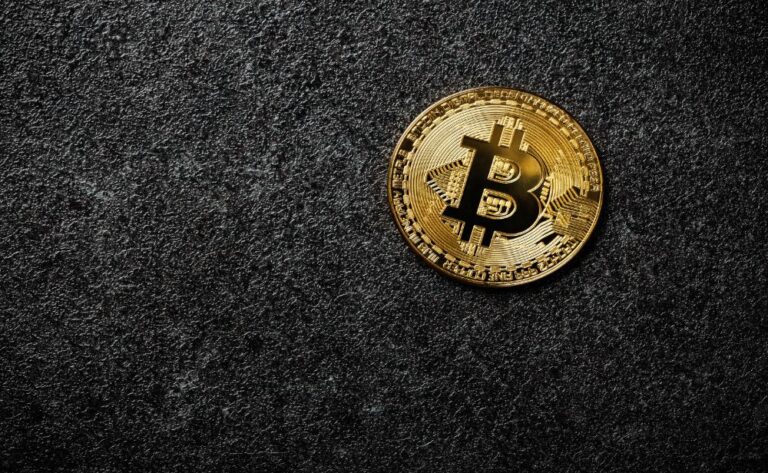Review of Helium Hotspot Miner: Profit Abundantly From Mining Helium!

By coupling a helium hotspot with a mobile device, users of helium hotspots can access the Internet. Many people have doubts about how it operates, what it is, and how mining the helium hotspot might be advantageous.
While there are several businesses that offer hotspot cables, like smiling. These businesses don’t pay consumers that use their cable, but Helium Hotspot does through mining HNT, which is a cryptocurrency that is exclusive to Helium Hotspot.
By using a hotspot that is now a member of The People’s Network, users can earn HNT. Take a seat, pour yourself a glass of wine, and read on as I reveal important information regarding the Helium hotspot if you want to know how it operates, what it is, and how to profit from using one through mining.
The purpose of this essay is to explain what a helium hotspot is, how helium mining operates, and how much helium data credit costs. How the Helium Network is Secured, What Is a Helium Token, and Where Can I Buy One?
A Helium Hotspot is what is it?
In their Whitepaper, the company that created the Helium network described Helium as “a decentralized remote organization that enables gadgets anywhere on the planet to remotely associate with the Internet and geolocate themselves without the requirement for expensive cell plans or eager for power satellite area equipment.”
The People’s Network, as it is known, is an organization that Helium uses to interface a broad variety of devices that transmit information about the environment, water, and GPS. Helium Systems connects these devices using radio waves rather than spending a fortune building and maintaining a distant framework (which makes mining Helium an alluring recommendation).
Helium uses the LoRaWAN standard instead of WiFi, which enables them to communicate over much greater distances. In any case, it comes with these obstacles: With a Wi-Fi organization, you cannot transmit as much information via radio waves as is possible.
That is not a problem because Helium allows extensive inclusion for small informational bundles like GPS trackers, motion sensors, and air quality monitors.
The People’s Network is being built by Helium with regular people like you and me. When a hotspot owner joins the organization, they become a member of the growing Helium people group in China, Europe, and the United States.
Mark Phillips, vice president of business development at Helium, stated in an interview that the lack of large towers in The People’s Network is due to the fact that “We are developing something fundamentally new.”
Additionally, he stated that anyone could join the community they are trying to create to help transmit data for small devices. This is not like anything else that has been done.
How Does Mining For Helium Work?
Mining for helium is generally as simple as ABC You need an indoor or outdoor hotspot that connects to other hotspots in the Helium world, providing you understand the approach, which is crucial for The People’s Network.
The network and movement methods needed by businesses and engineers for their Internet of Things applications are provided by hotspots. Organizations require Data Credits in order to share their information.
Organizations must use HNT tokens in order to receive those Data Credits. Hotspot owners receive a portion of those Helium tokens in exchange for the value they bring to the network.
To ensure that you fully understand the process of how helium mining operates, I will go into greater detail about what Data Credit is and how much it costs.
What Is the Cost of a Helium Data Credit?
The primary kind of payment accepted for sending data over The People’s Network is Data Credits.
Customers can use Data Credits to move bytes of data over Helium LongFi and then use those credits to pay for blockchain exchange fees. Data Credit prices are fixed in US dollars (1 Data Credit = $0.000001). Data Credits are non-adaptable and can only be used by their specific owner, just like prepaid phone minutes or carrier miles.
Network users can buy Data Credits from HNT owners or by converting HNT. HNT that has been fully converted to Data Credits is permanently removed (or “consumed”) from the flowing inventory (Circulating supply).
In layman’s terms, to obtain data credit, HNT must be removed from circulation in order to generate data credit, which is then utilized by the device to access the network.
Rewards for Network Data Transfer
Data Transfer Rewards are distributed in a 1:1 ratio to HNT expenditure and are initially capped at 30% of all HNT produced. As a reward for delivering early coverage, the remaining amount is given to the Proof of Coverage Rewards Pool.
Helium Token: What Is It?
A decentralized blockchain-controlled network for Internet of Things (IoT) devices is described as Helium (HNT).
Helium technology enables communication between the devices, and the system sends data through the network nodes. In the Helium framework, the nodes that make up the organization are referred to as Hotspots. The Hotspots, which rely on LoRaWAN, include public entities.
Stages like Helium can connect to the cloud component of the LoRaWAN media access control layer convention.
One of the largest LoRaWAN networks, Helium, has more than 25,000 Hotspots that serve as the organization’s nodes. A mining device and LoRaWAN combine their forces in Hotspot in response to blockchain innovation.
Users that operate nodes mine and get payments in HNT, the native cryptocurrency token of Helium, as a result of the launch of the Helium Native Token in July 2019.
Since its founding in 2013, Helium has been analyzing shortcomings in the current infrastructure with the aim of preparing IoT connectivity for the future.
How Secure Is The Helium Network?
Proof-of-coverage (PoC), a proprietary consensus technique used by Helium, pays users for participating in mining (validating transactions) and maintaining stability.
PoC is built on the HoneyBadger BFT protocol, which was created expressly for node communication under unstable situations.
According to Helium, the most likely attack vector targets node operators via Hotspots’ inbound ports. To help users with private key security, the platform’s wallet leverages asymmetric keys for token holders.
What is a Helium Token?
• For each cryptocurrency, CoinMarketCap provides a list of available purchasing options (otherwise called market pair). Enter “Helium” into the CoinMarketCap search bar. Click the “Market” button located next to the price graph. You may see a complete list of locations where you can buy helium in this view, along with the currencies you can use to do so. You can find the abbreviation HNT for Helium under “pairs,” along with any ensuing cash. The money that follows can be used to purchase helium. Search for HNT/USD if you think you would wish to purchase HNT using the US Dollar.
Final Conclusion
HNT is mined via a functional hotspot, which simultaneously creates network coverage for IoT devices and mines HNT.
From the start, all HNT was mined, initially at a rate of 5M HNT/month and thereafter dividing at regular intervals. The monthly net HNT issuance was reduced to 2.5M HNT starting August 1st, 2021.





